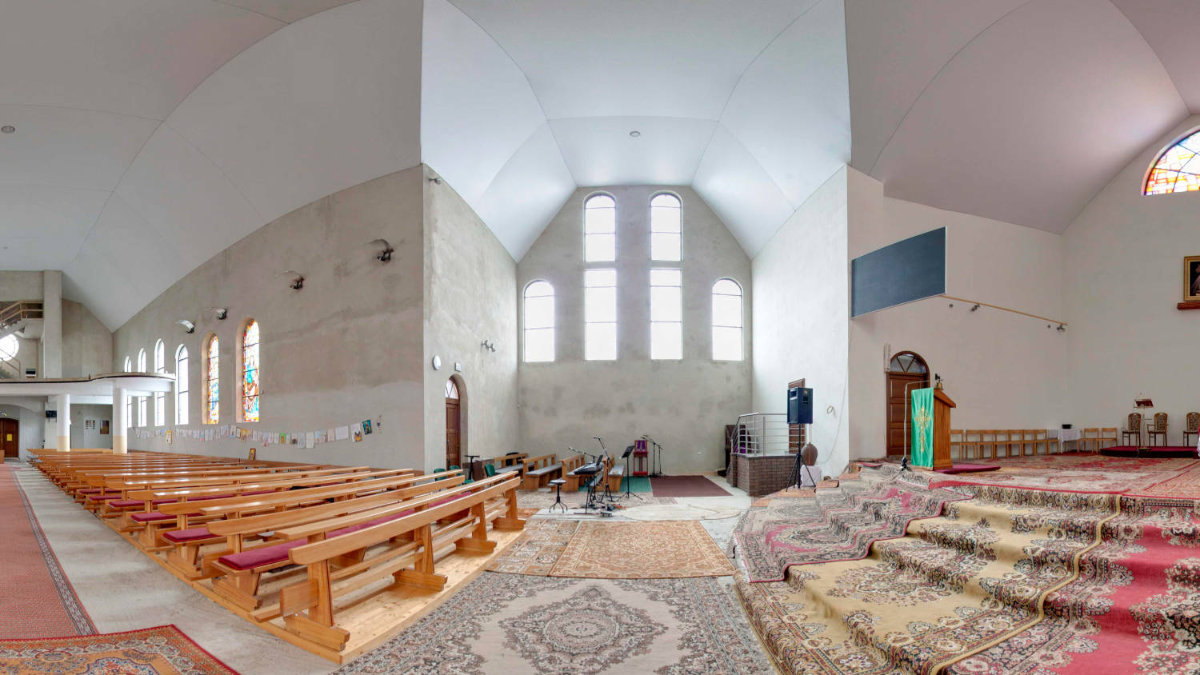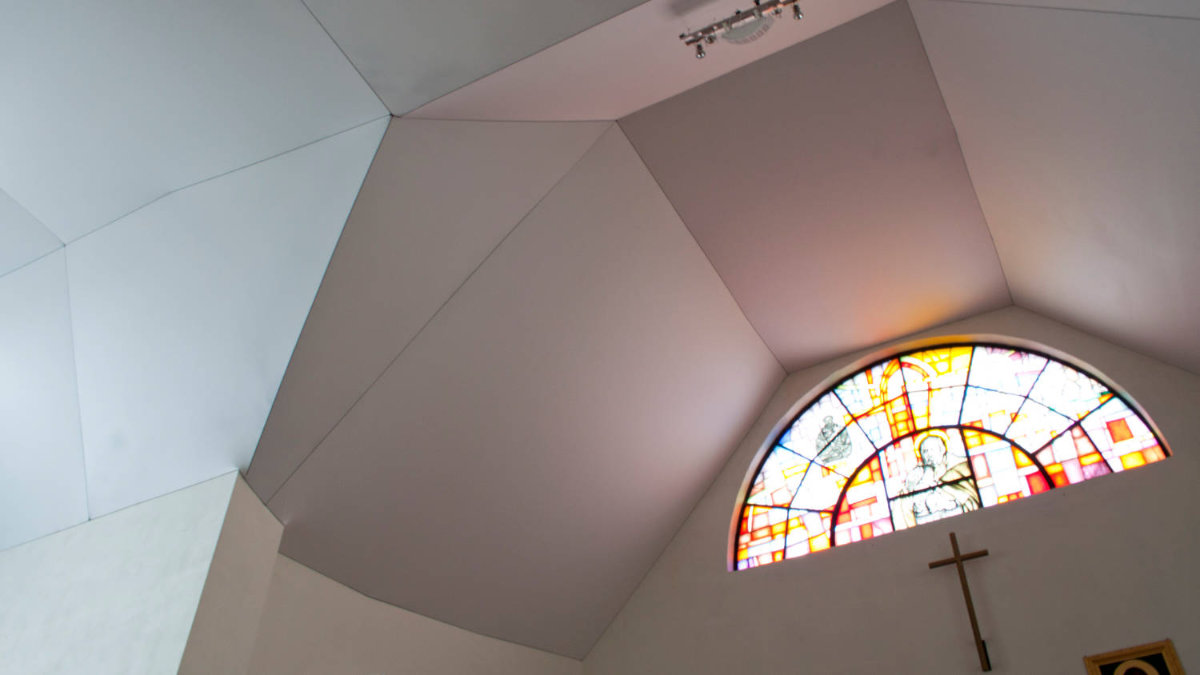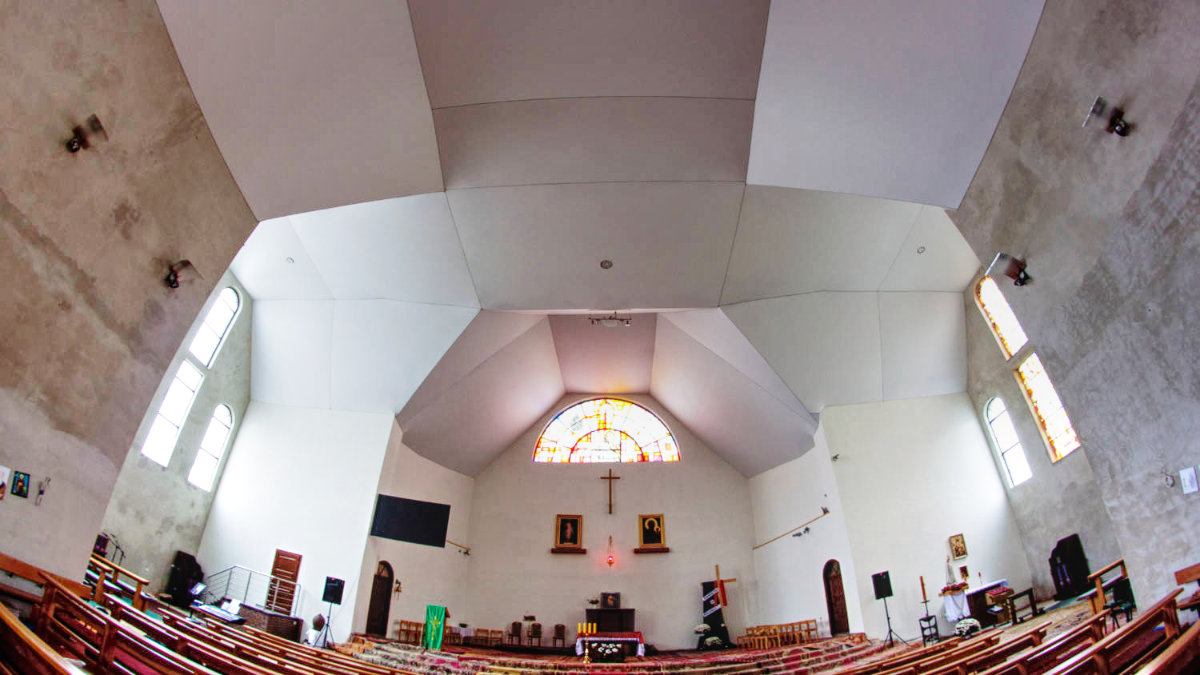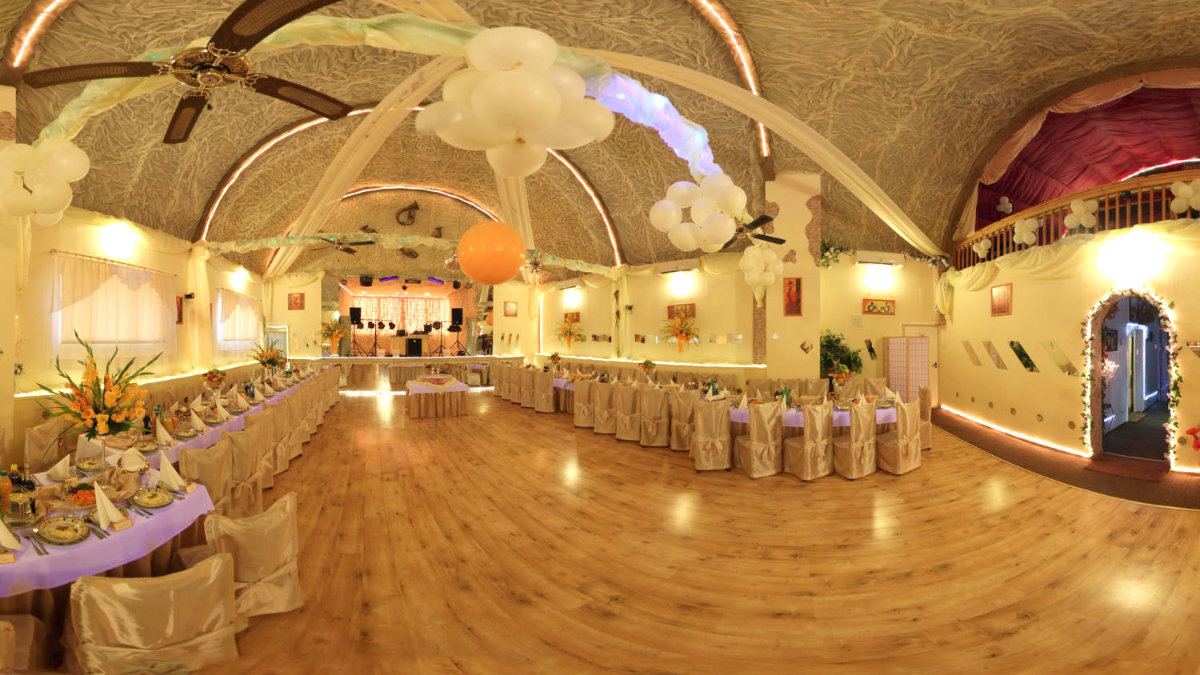It’s hard to say exactly when the history of stretch ceilings begins…? The main reason is the rather difficult to define issue of what is a stretch ceiling and how was it perceived in the old days? When leafing through historical books, you can come across descriptions of special fabrics stretched on beams. They were soaked in water to provide more humidity and coolness in the room. From European records, the most prominent is the story of Napoleon, who apparently did not like sleeping under high ceilings. He either used a four-poster bed or had fabrics hung up to fence off the zenith space. It can therefore be said that stretch ceilings in the original version are several hundred years old…
When it comes to typical stretch ceilings that we know from shopping malls and airports, they appeared in the 70s of the last century. Sweden is considered to be the country where stretch ceilings were invented, while their production on a large scale began in France. To this day, designers and architects commonly call stretched ceilings “barisoles”. This name comes from the French company Barrisol – a pioneer in the production and promotion of stretch ceilings made of PVC foil in the first decades of the 20th century.
Stretch ceilings in Poland
Poland had to wait for stretch ceilings until the fall of communism and the entry into the era of capitalism. However, stretch ceilings initially appeared only on large investments such as shopping malls or large cinemas. Individual customers were not served – and if there were exceptions, it was for very high rates from 1 square meter. The aftermath of those times is the belief that the stretch ceiling is an expensive product – while it was due to the simple fact that in the 90s and 00s there was no one to wear them…

In the early 1900s, Poles working for the French Barrisol began to produce stretch ceilings themselves and serve investment clients. This is how DPS was created, the first Polish manufacturer of stretch ceilings. A few years later, a third ceiling company – Alteza – entered the Polish market. In the first years of operation, it was a reflection of the Altezy company operating in Belarus, and later it was transformed into a fully Polish company. From that moment on, the ceiling market in Poland began to change.

To understand the situation on the stretch ceiling sales market, you need to look at eastern markets. There, after the fall of the Iron Curtain, stretched ceilings were a very cheap and quick-to-install product. Plasterboard ceilings were a more expensive and less popular alternative. As a result, a lot of producers appeared in Russia, Belarus and Ukraine, which on the one hand successfully propagated this solution, and on the other hand offered very low prices, which drove up the supply.

The Polish board of Alteza came to the conclusion that it is also worth “freeing” stretch ceilings on the Polish market and starting training contractors who will ensure their installation at individual customers. Unlike the DPS company, Alteza tried to reach every renovation contractor – even the small and minor ones. And so, thanks to hundreds of trainings, the number of reputable and certified stretch ceiling installers has been growing in Poland over the years. At the same time, the availability of products increased, and their prices naturally fell.
Foreign influences
For several years now, there has been an influx of stretch ceiling producers from the East to the Polish market. For financial – but also political – reasons, they move production to Poland. This is conducive to lowering prices, unfortunately often by offering a product of inferior quality. End customers often receive foils from China that should not, or in some cases even cannot, be allowed to circulate in the EU. Unfortunately, they are very cheap, and customers are often not interested in the source of the product.

Stretch ceilings sold in Poland must meet stringent European standards such as EN14716, which defines the quality of the foil as safe for people and the construction industry. It should not support fire during combustion, should not smoke and should not drip, and should powder after burning. Please note that in this industry, choosing the cheapest offer does not mean the best…



